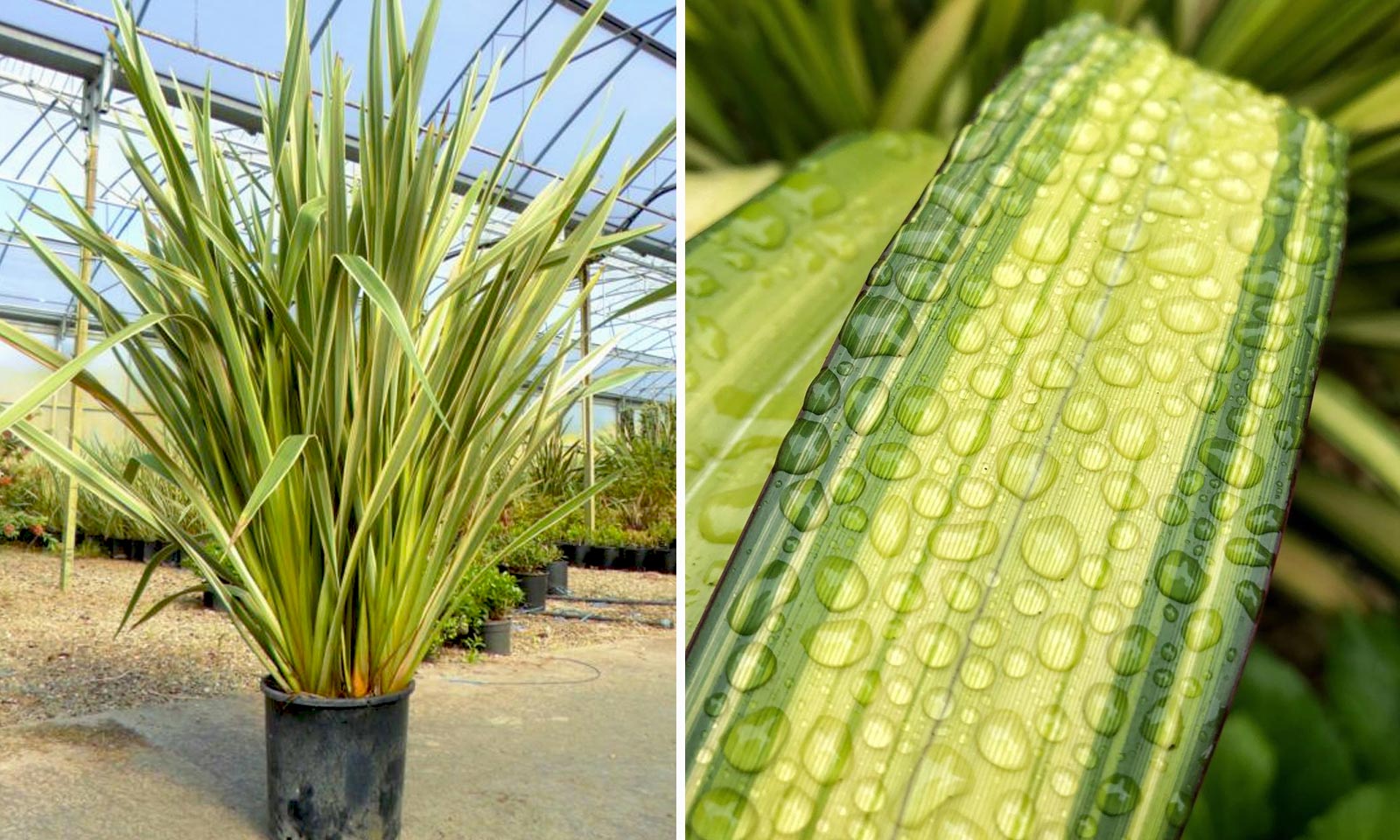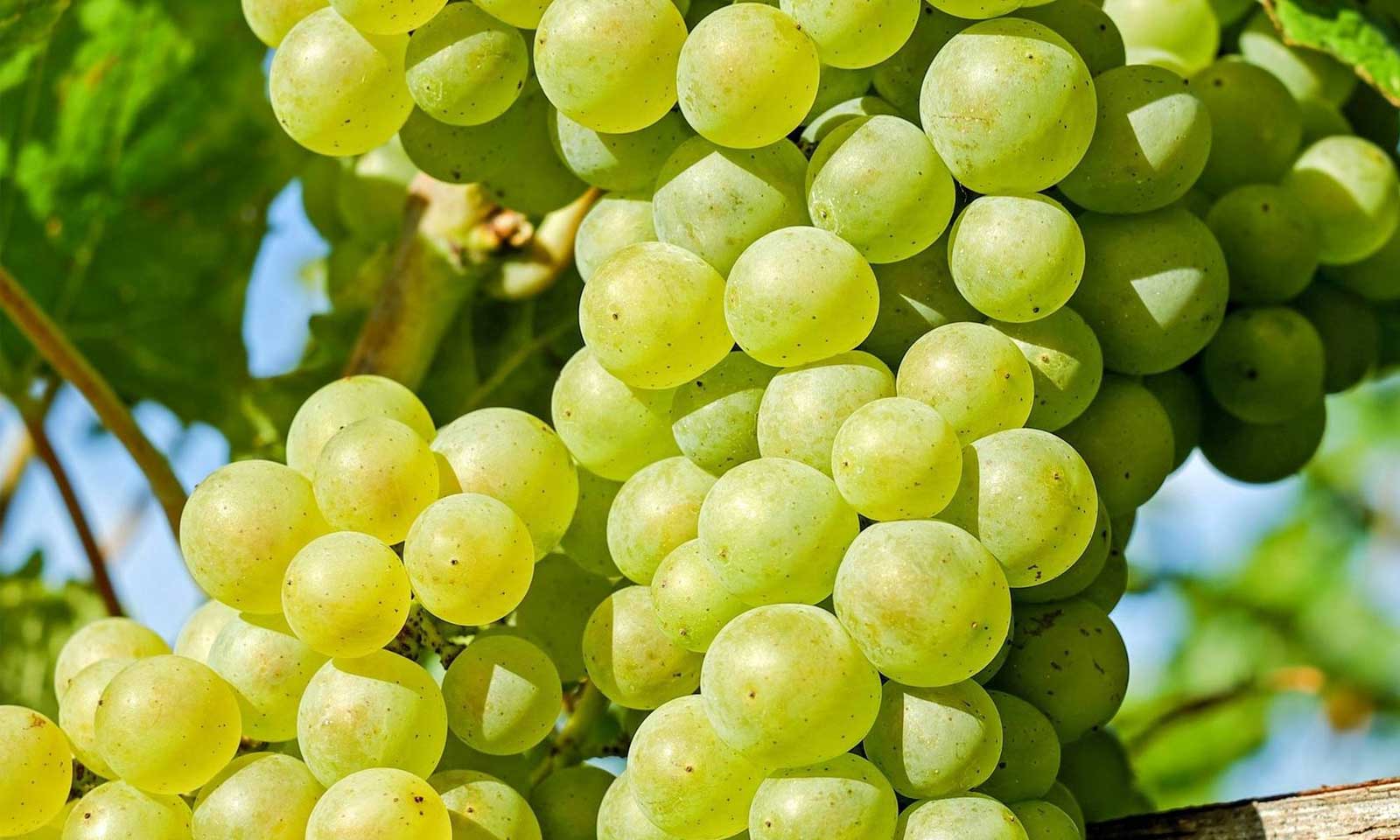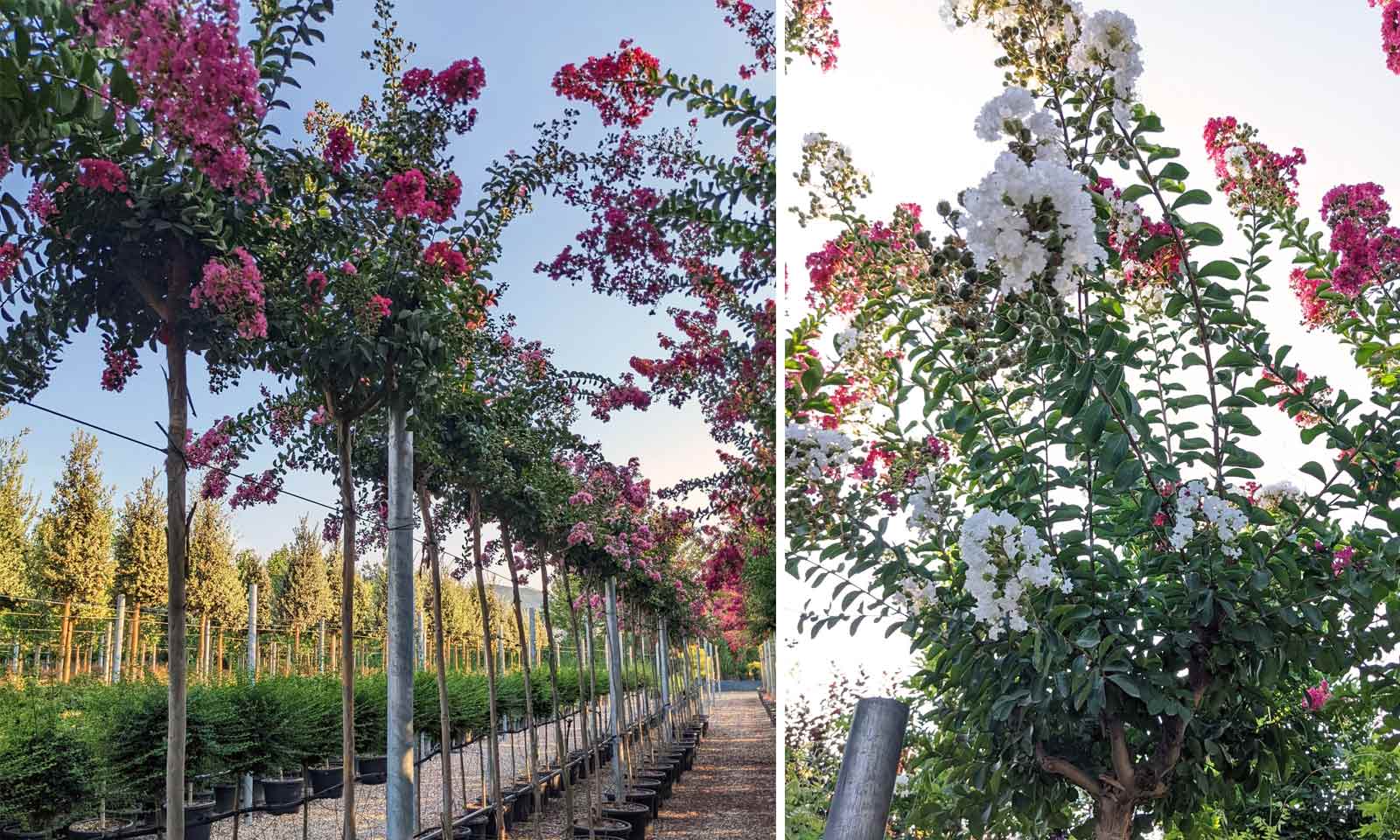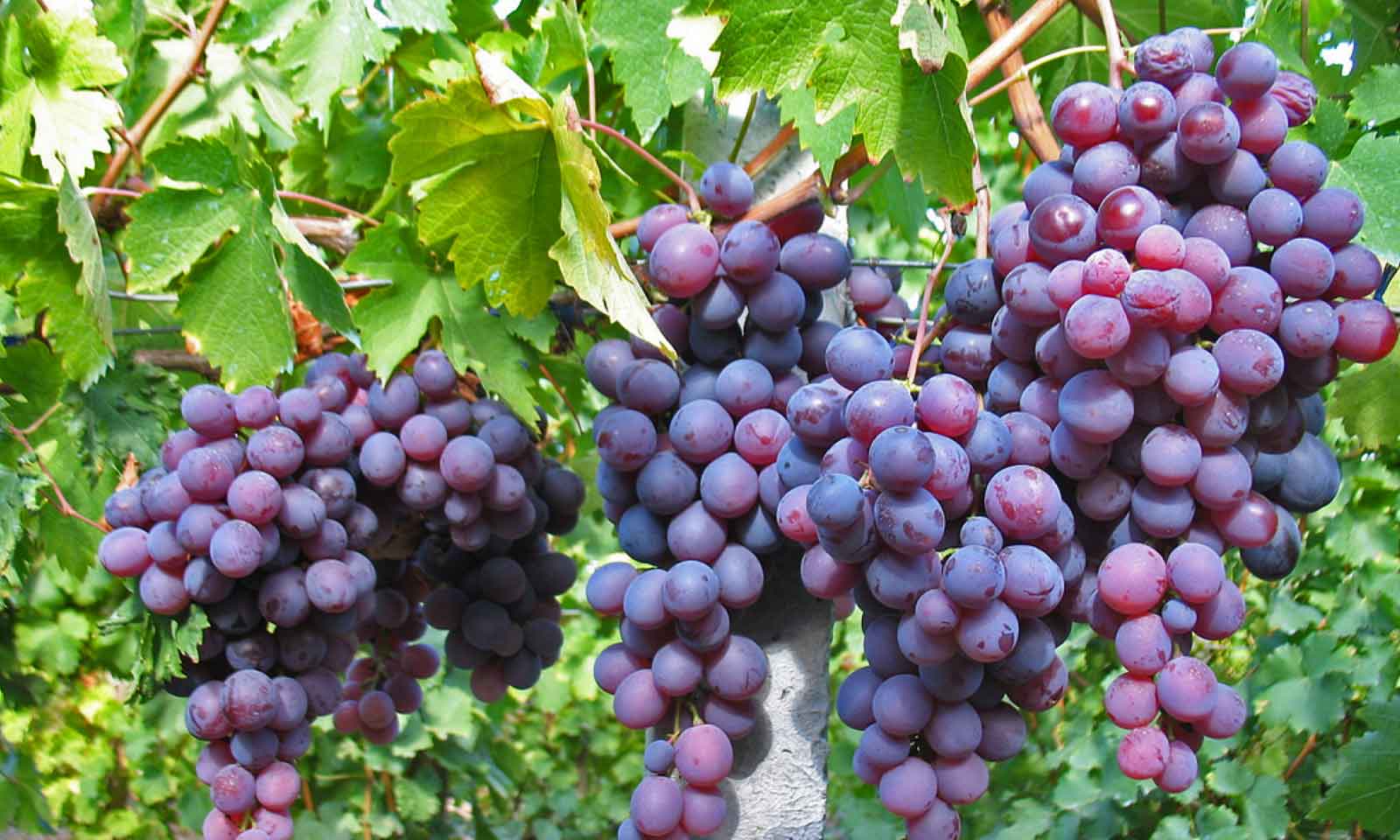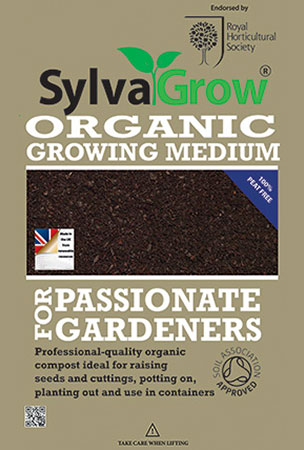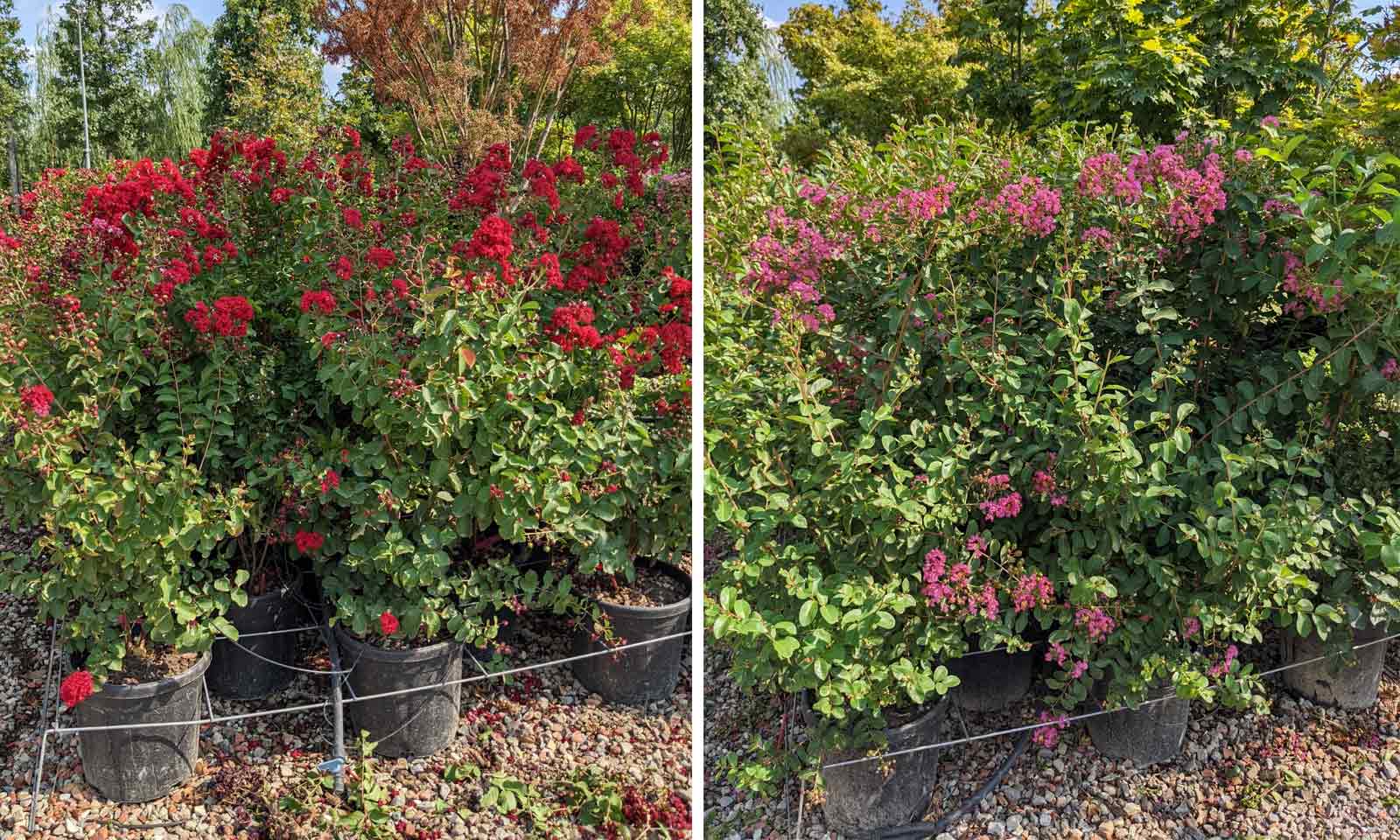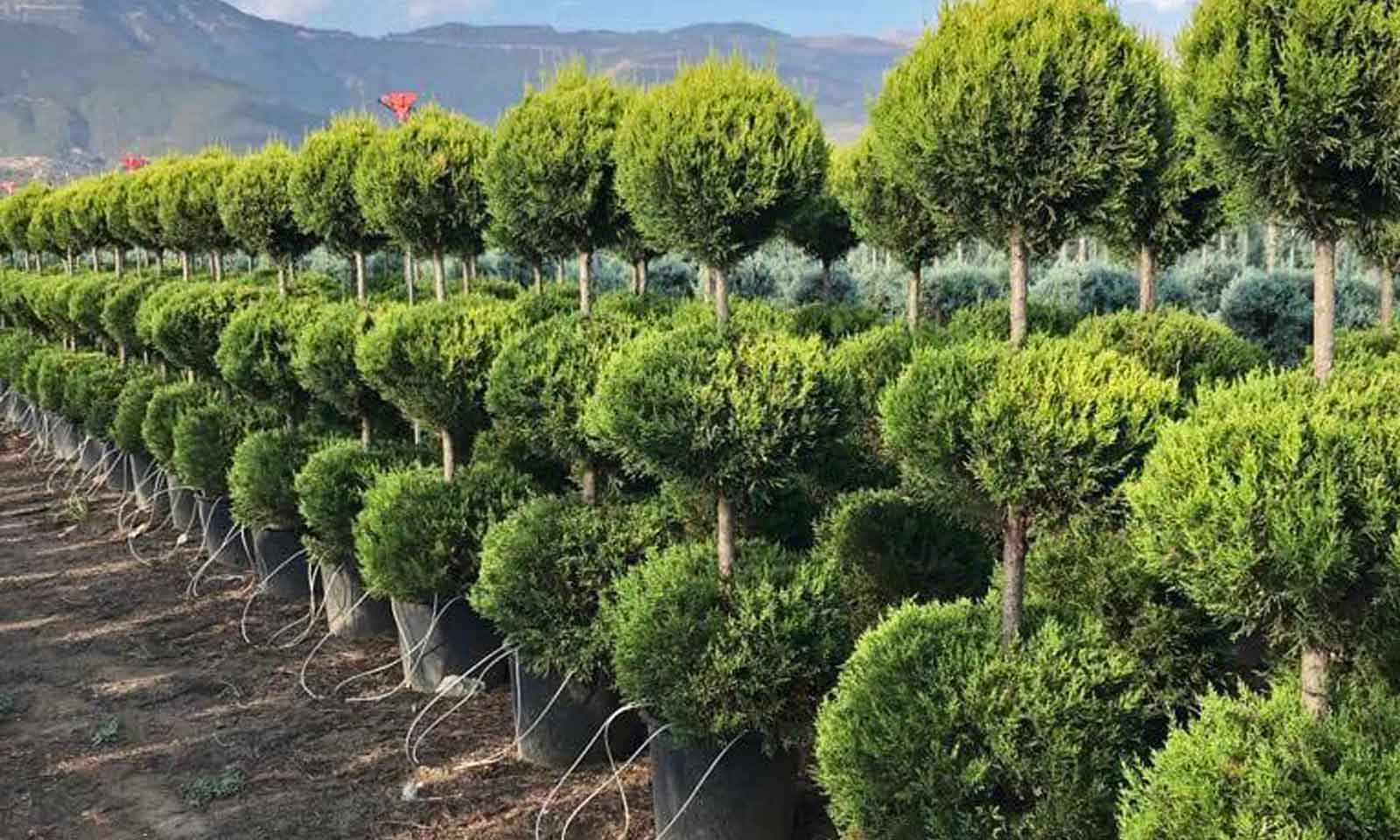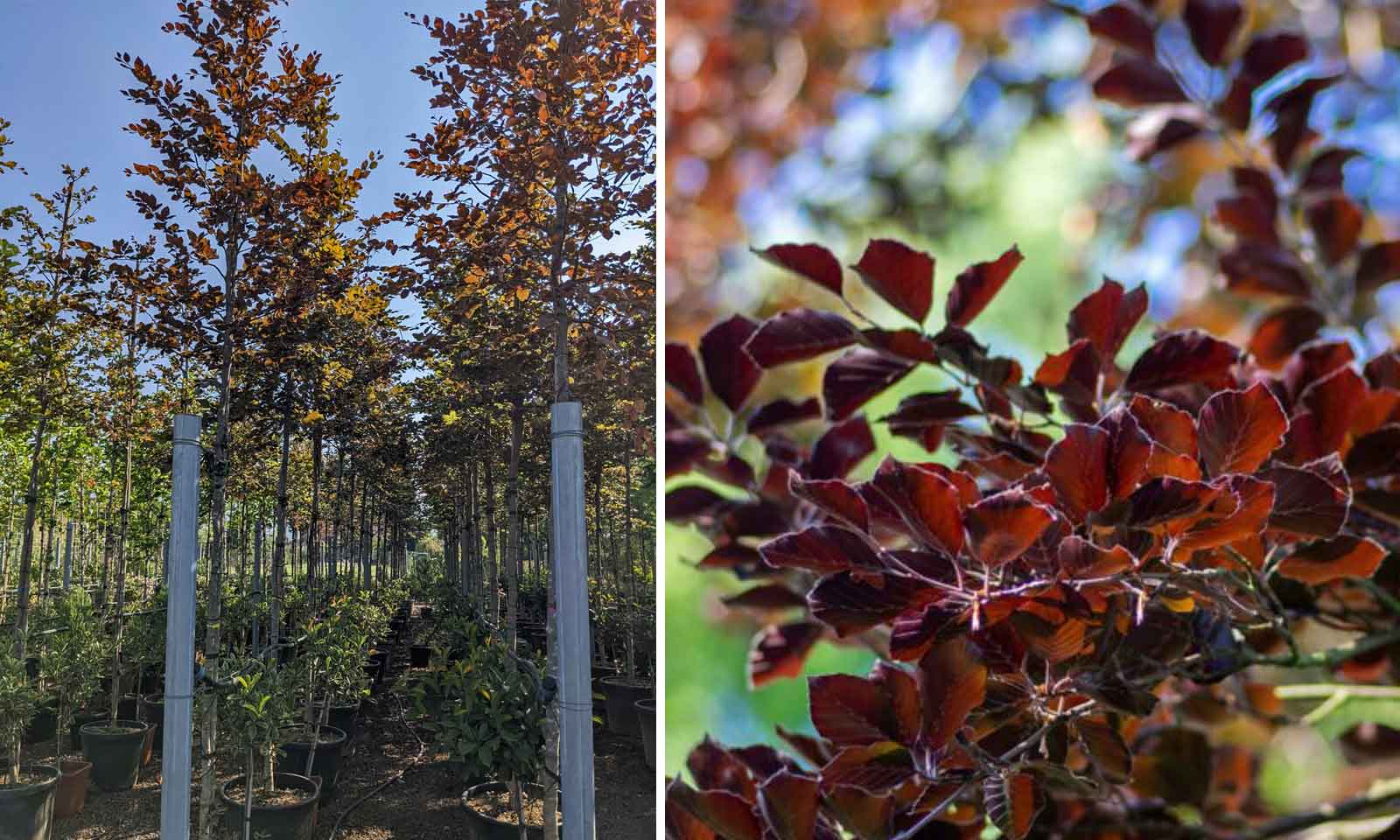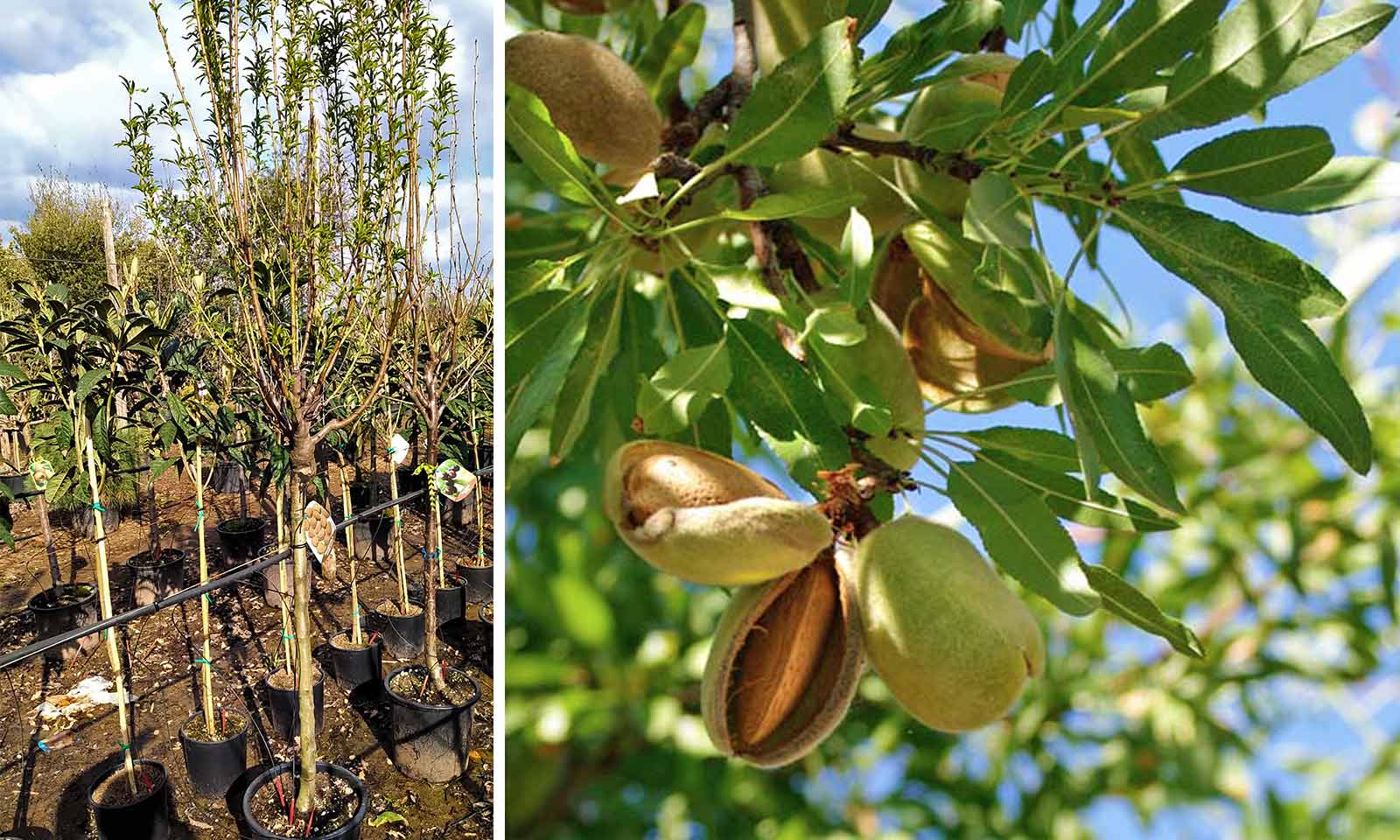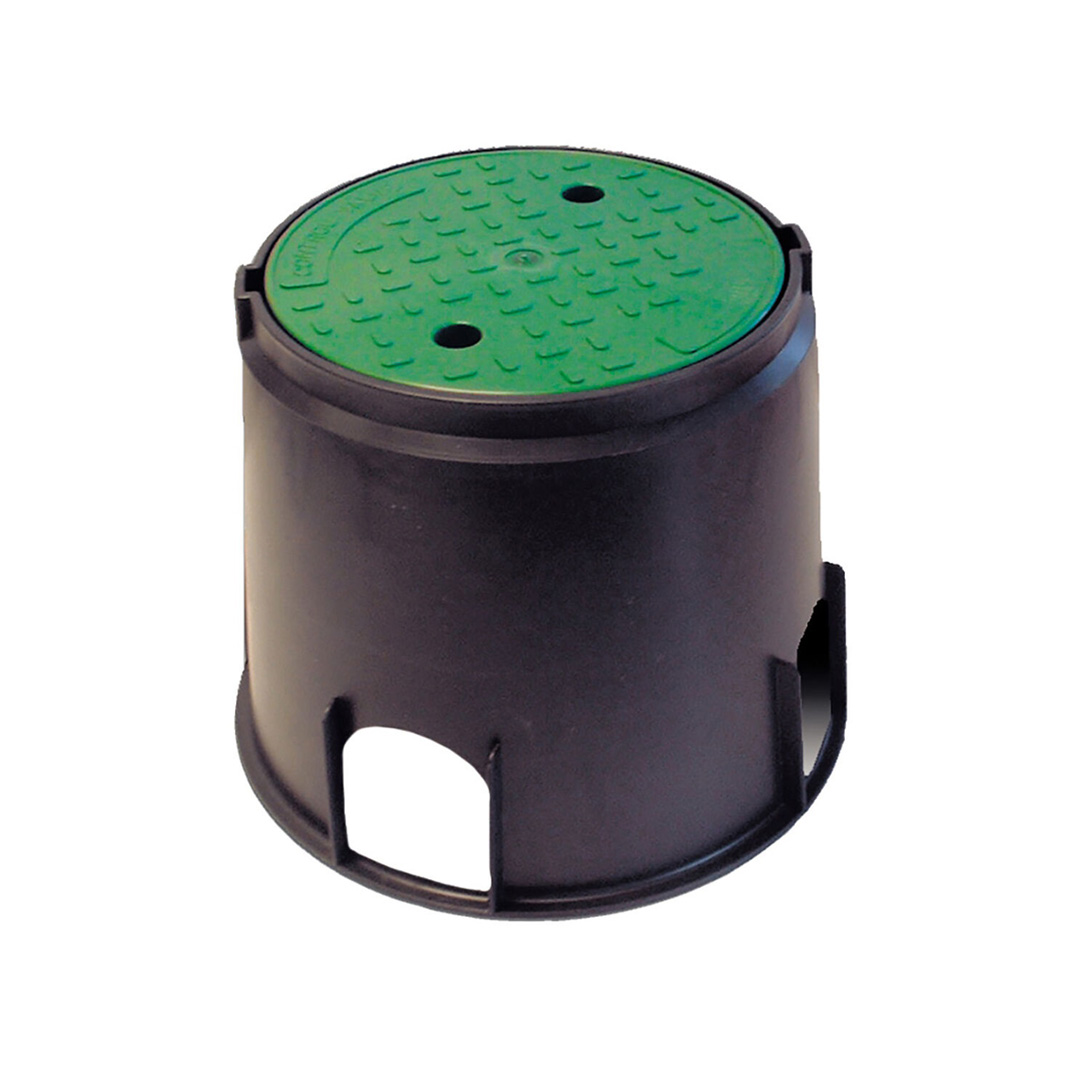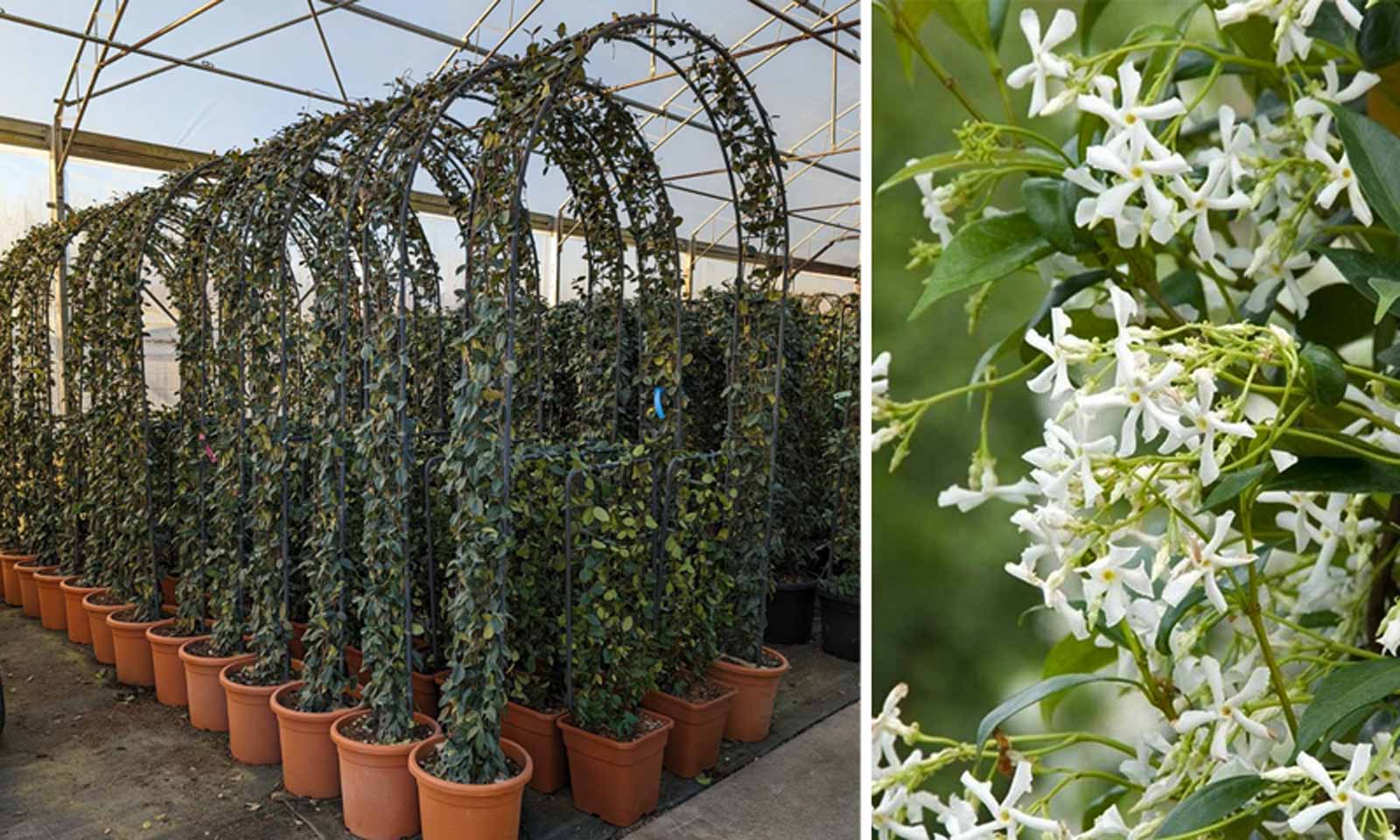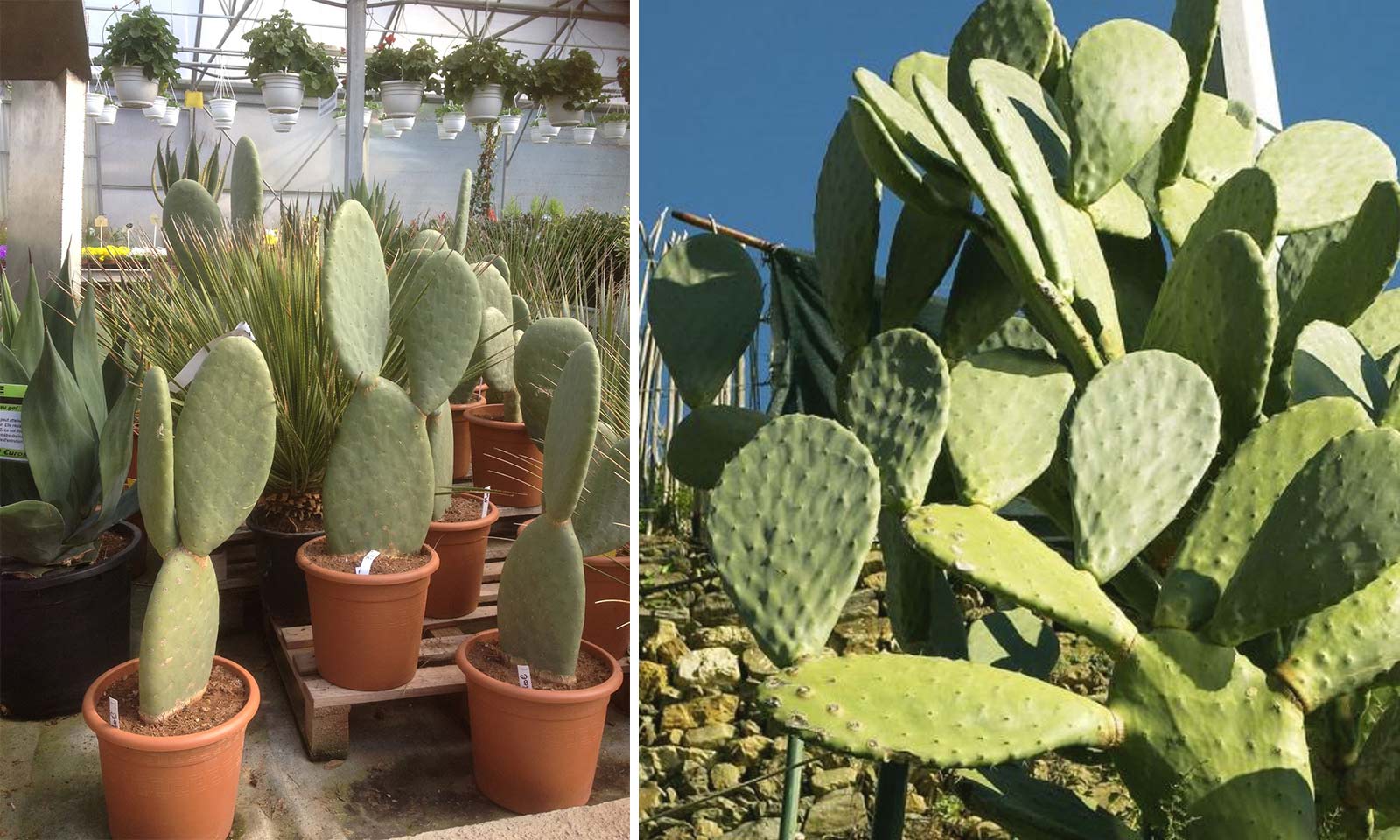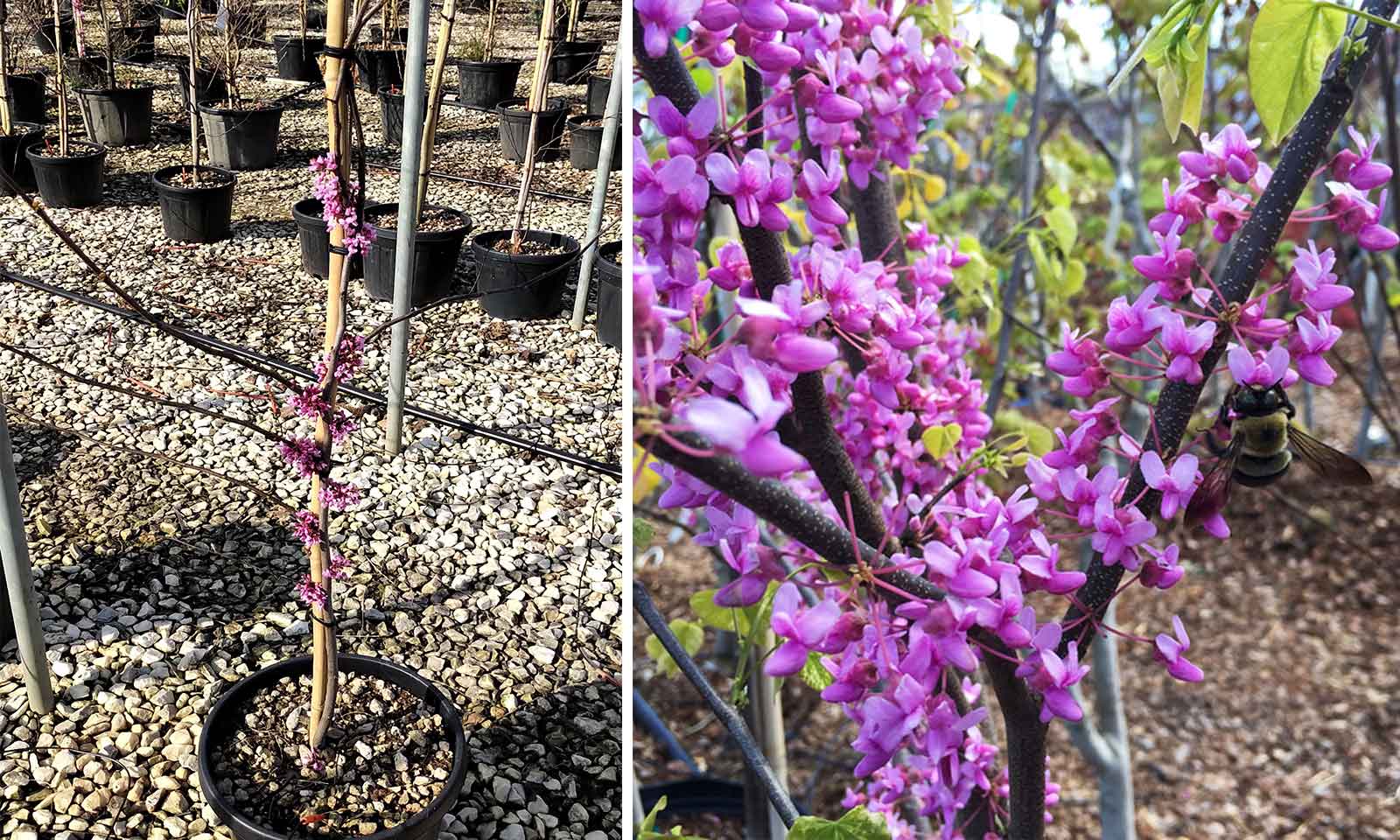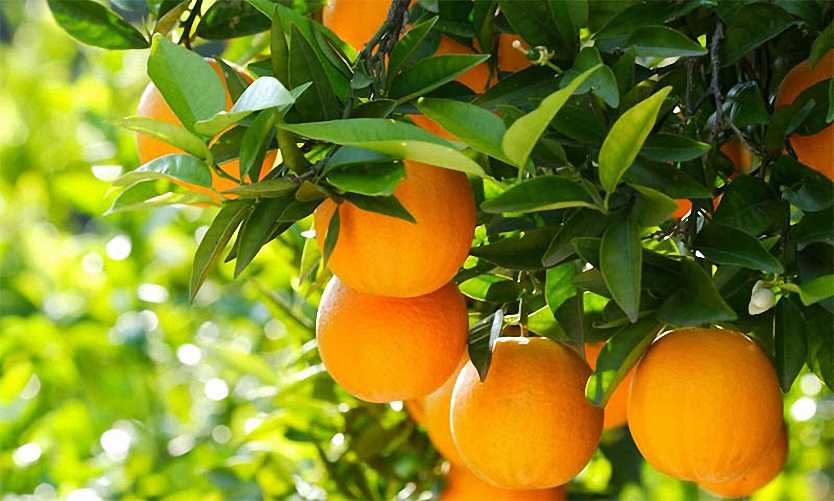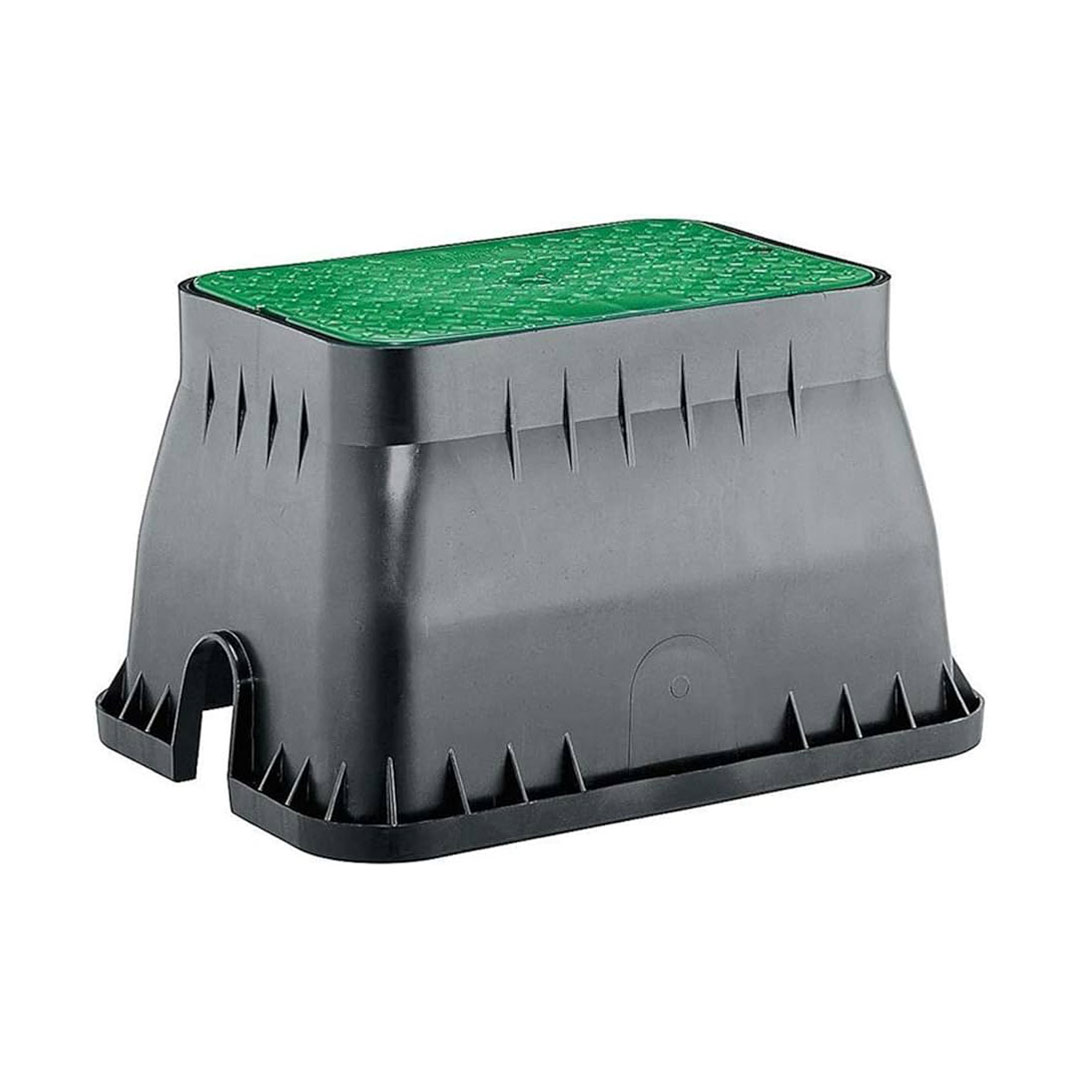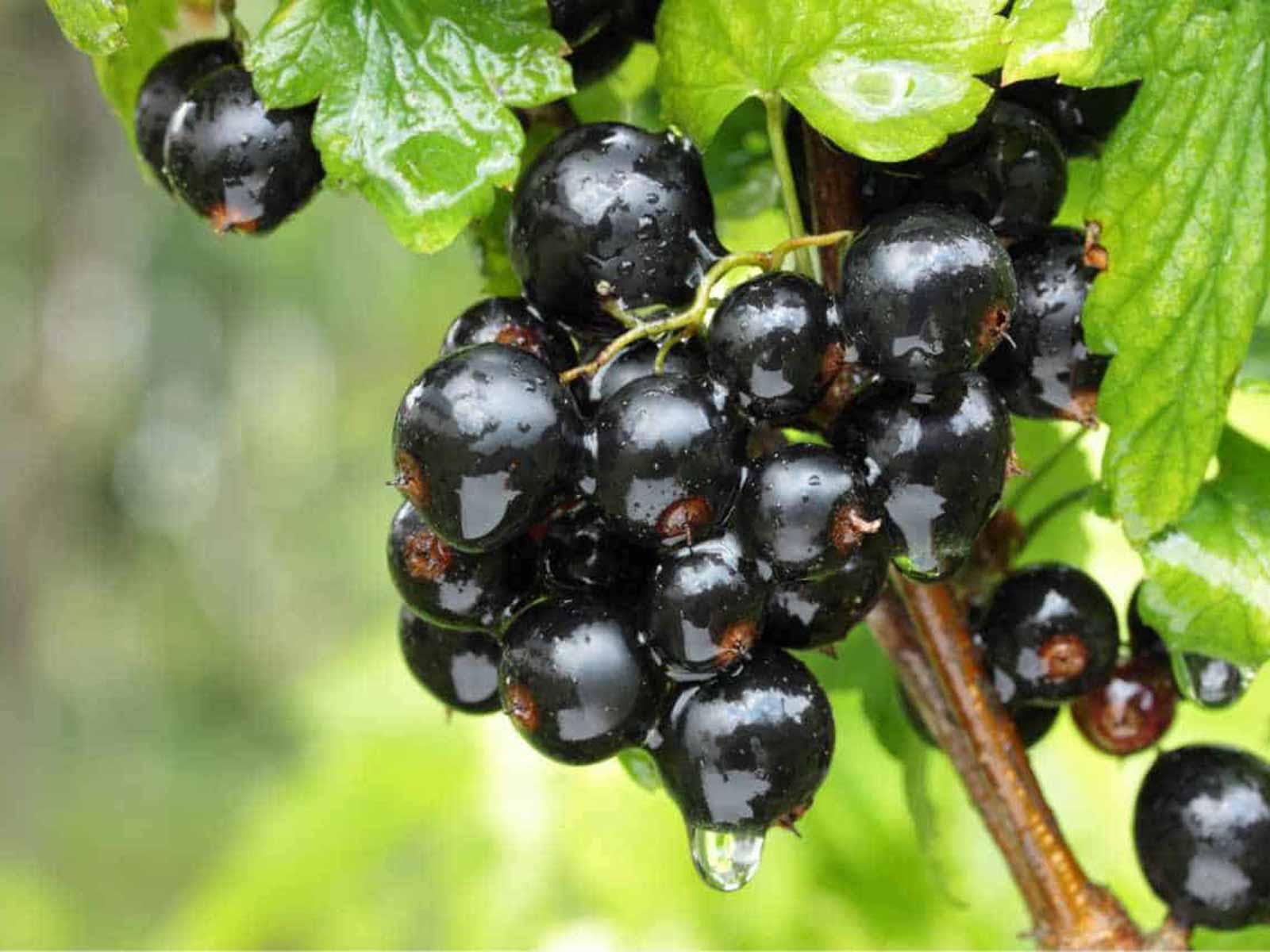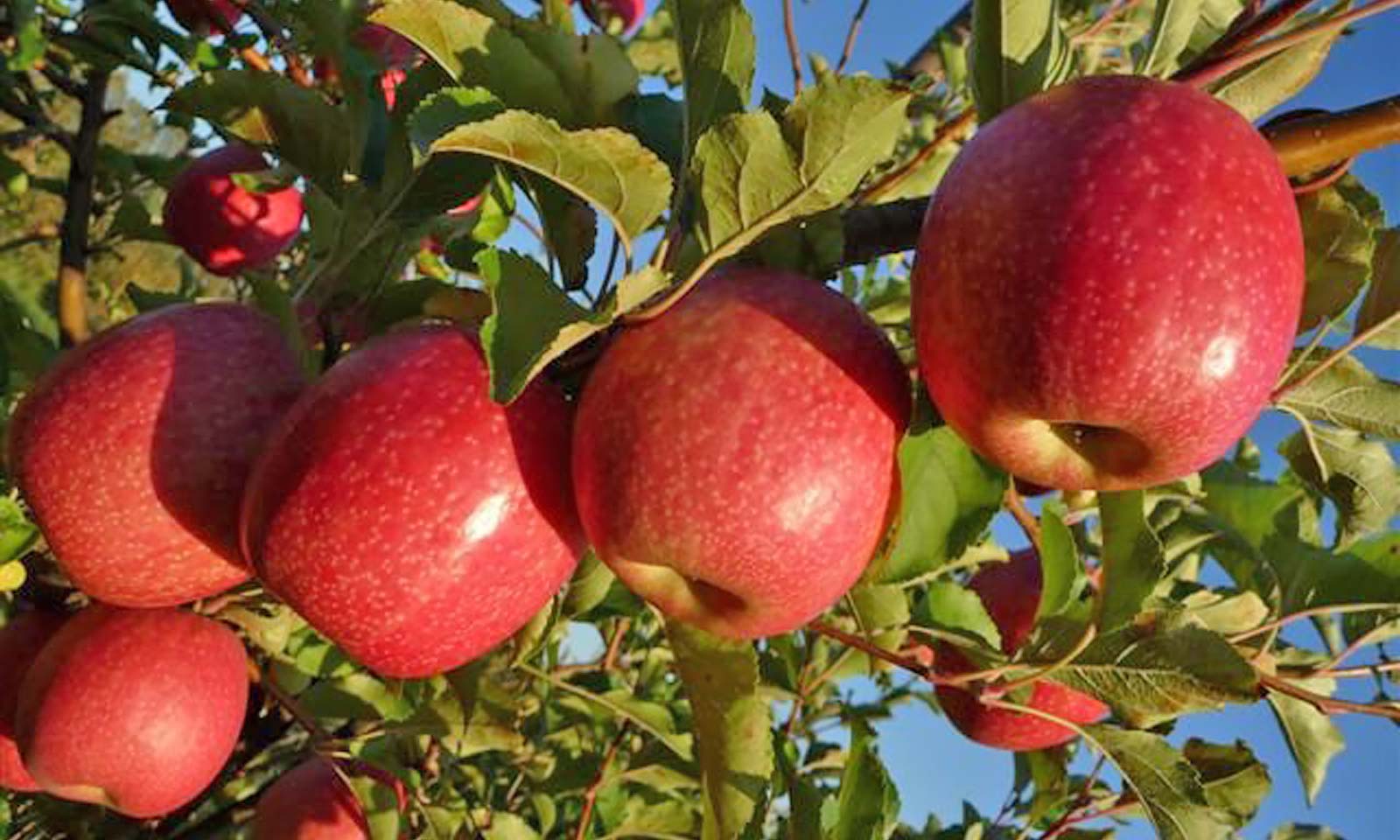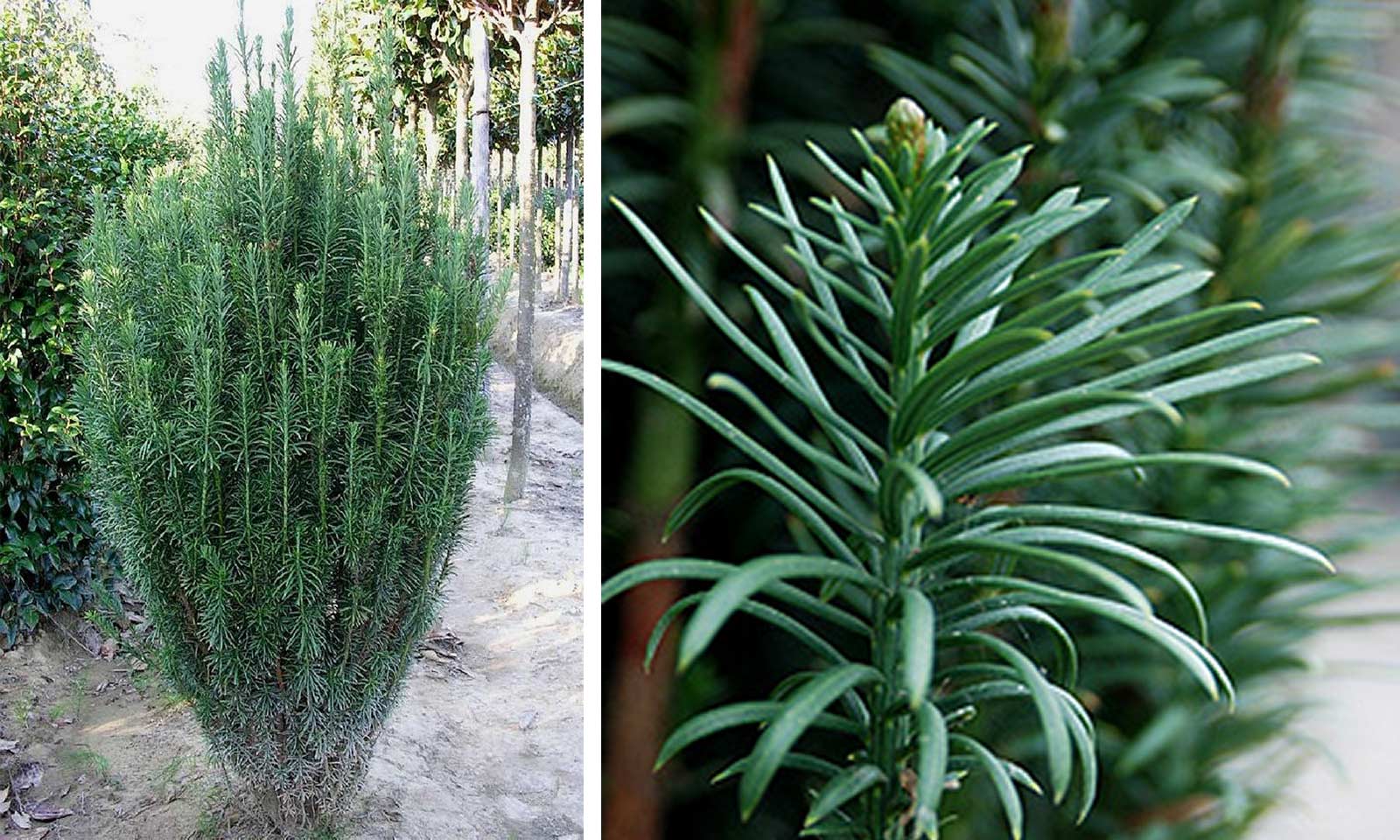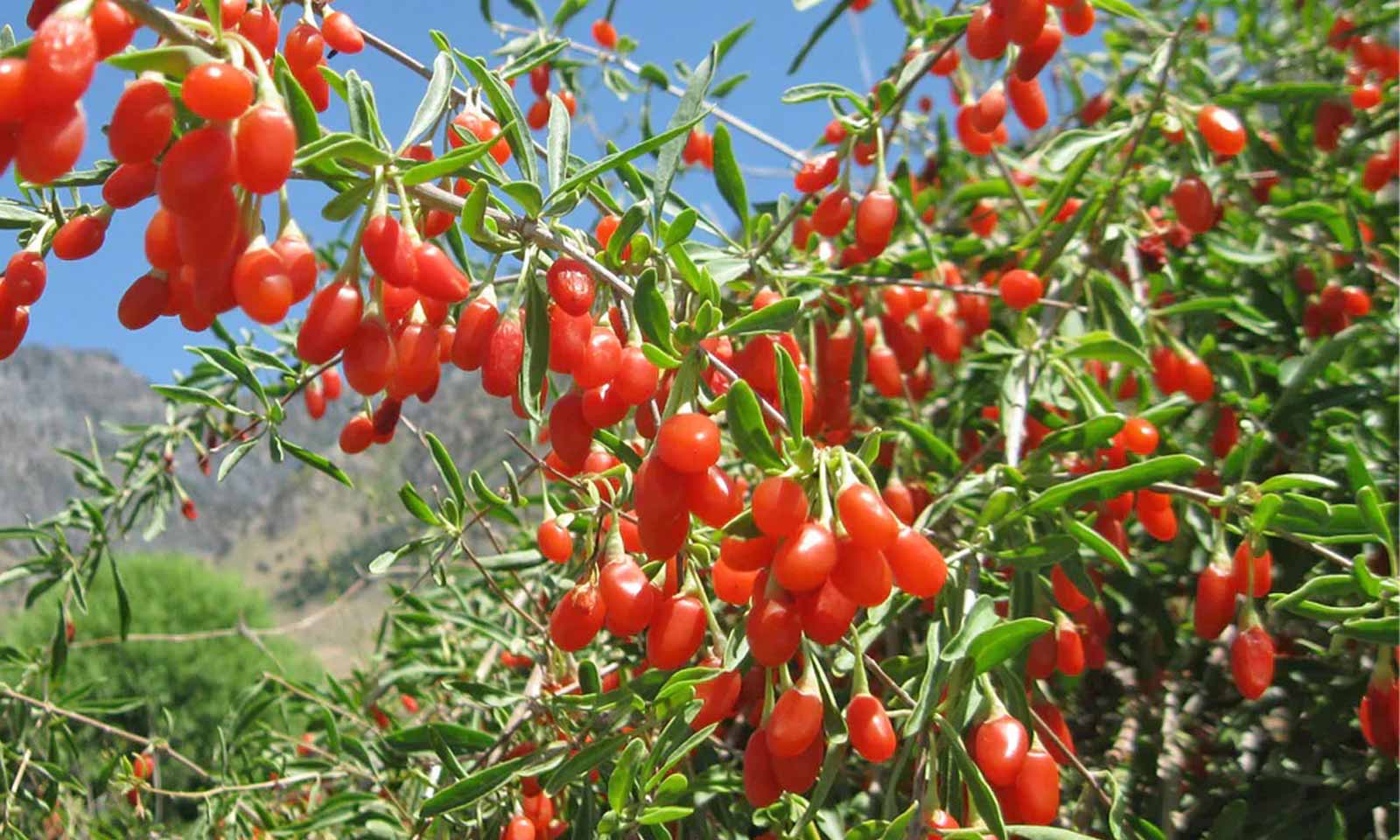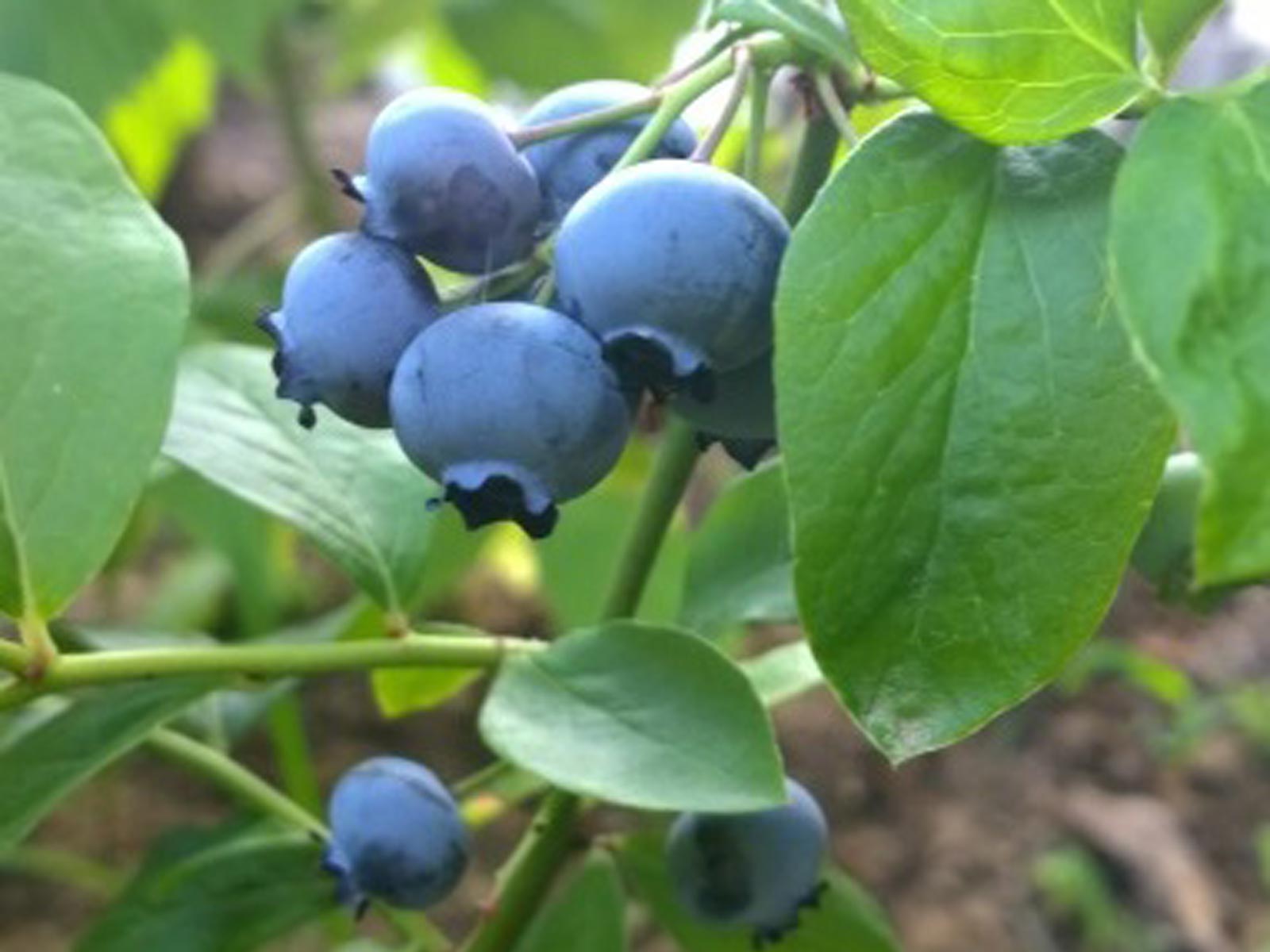Ribes Nero (Black Currant)
A hardy and productive shrub valued for its small, dark berries that are rich in antioxidants and have a strong, tart flavor, ideal for jams, juices, and desserts.
Latin Name: Ribes Nigrum
English Name: Black Currant
Species: Ribes Nigrum
Genus: Ribes
Foliage Type: Deciduous
Foliage: Green, lobed leaves with a distinct aromatic scent, turning yellow in autumn
Flower: Small, greenish-yellow flowers in hanging clusters
Flowering Period: Mid to late spring (April–May)
Suggested Location: Full sun to partial shade; suitable for gardens, hedges, and containers
Suggested Soil Type: Moist, well-drained, fertile loamy or sandy soil with a slightly acidic to neutral pH (5.5–7.0)
Suggested Exposure to Sunlight: Full sunlight for best fruit production, but tolerates partial shade
Suggested Exposure to Weather: Cold-hardy; tolerates frost but sensitive to late spring frosts
Hardiness Rating: H3-H7
Lowest Temperature Tolerance: Around -30°C (-22°F) when dormant
Growth Habit: Compact, bushy shrub with arching branches
Pests: Aphids, currant sawfly, spider mites
Diseases: Powdery mildew, leaf spot, rust, reversion virus
Pruning: Prune in winter to remove old wood and encourage new, productive growth
Final Height: 1 m – 1.8 m (3.2 ft – 5.9 ft)
Final Sideways Spread: 1 m – 1.5 m (3.2 ft – 4.9 ft)
Delivery Cost: This is calculated based on the total size, weight and quantity of your order, as well as the location of your delivery address. You will see the final price at the Online Checkout Page (before making payment). Our website will automatically calculate the lowest possible delivery price and apply discounts to orders of certain products – giving you the best value delivery every time!
Please note that high-volume orders will decrease your delivery costs significantly by spreading the price across multiple items. Visit our Delivery Policy page for more information.
